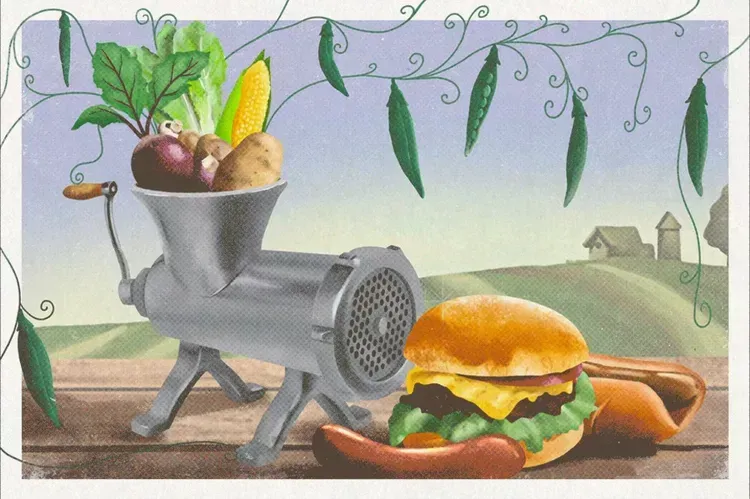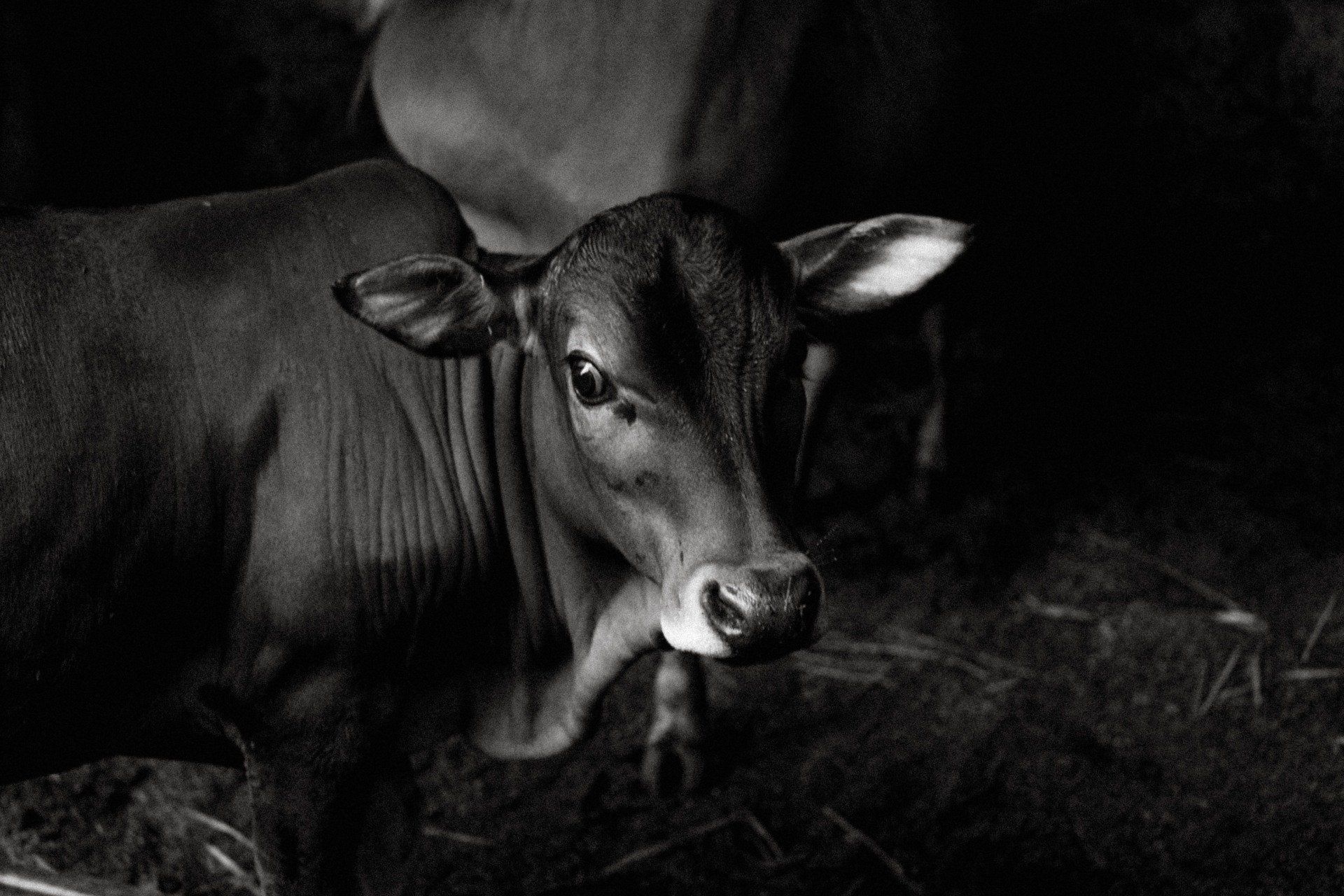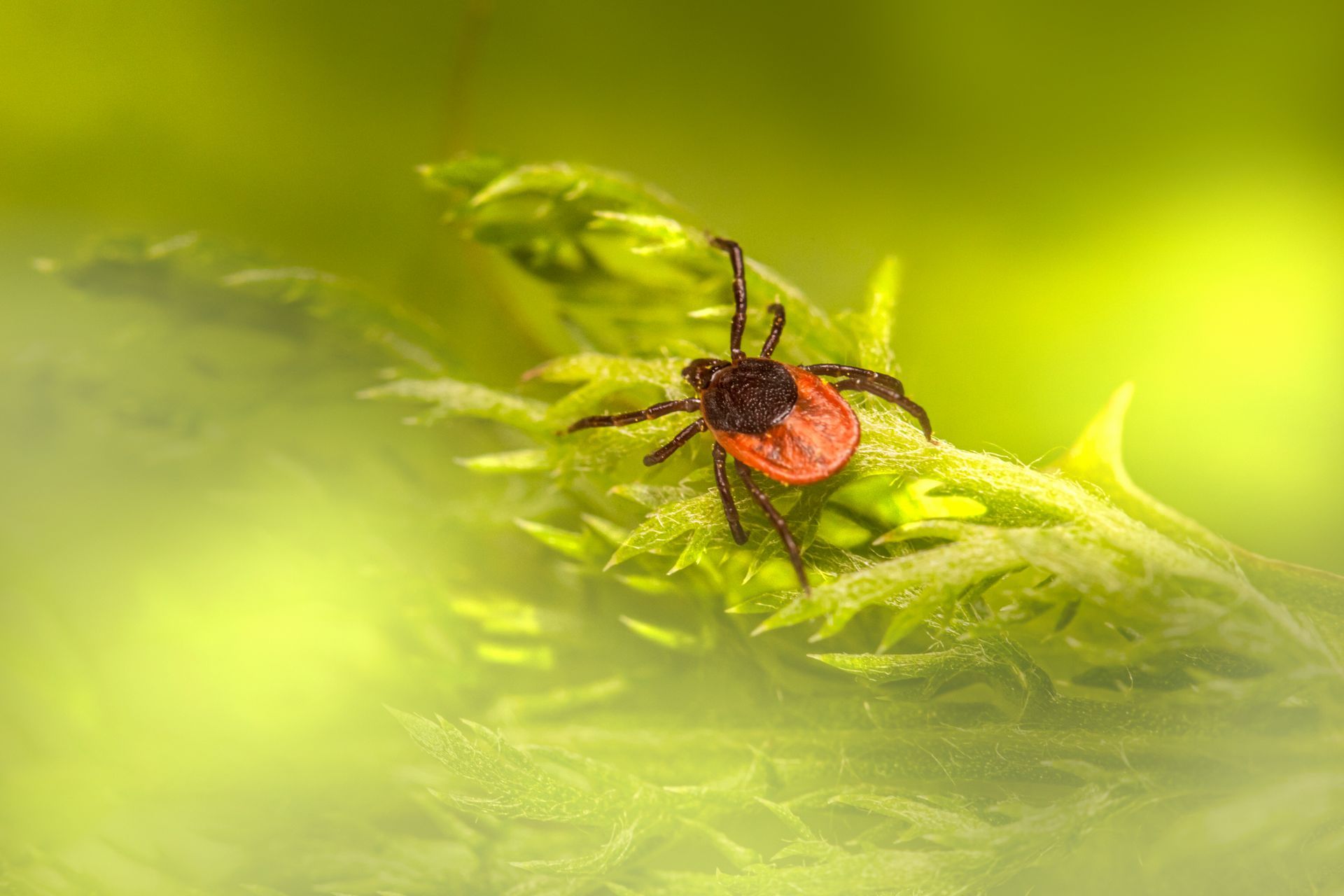Using the Corn Growing Degree Day Decision Support Tool to select appropriate hybrid maturities for June
CROP OBSERVATION AND RECOMMENDATION NETWORK
C.O.R.N. Newsletter is a summary of crop observations, related information, and appropriate recommendations for Ohio crop producers and industry. C.O.R.N. Newsletter is produced by the Ohio State University Extension Agronomy Team, state specialists at The Ohio State University and the Ohio Agricultural Research and Development Center (OARDC). C.O.R.N. Newsletter questions are directed to Extension and OARDC state specialists and associates at Ohio State.Author(s):Allen Geyer, Peter Thomison
Corn Growing Degree Day decision support tool allows one to choose any Corn Belt county, enter the planting date and hybrid maturity, and generate a graph that shows projected GDD accumulations through the season, including the date on which you can expect that hybrid, planted on that date in that county, to mature (achieve black layer). One important adjustment missing from this tool is the fact that planting corn late usually lowers the GDD needed to get a hybrid from planting to maturity. In an article on his website, Dr. Bob Nielsen at Purdue includes a calculator that adjusts the GDD requirement downward based on how late planting actually is. This is not a trivial adjustment: planting a hybrid on June 10 (vs. May 10) lowers the GDD requirement by more than 200 GDD. So a hybrid that needs 2,700 GDD to mature if planted on May 1 will require an estimated 2,428 GDD if planted on June 10 (Using Dr. Nielsen’s calculator). The revised GDD number can be manually entered into the GDD tool instead of days RM for the hybrid.
To get started on the tool, click where your farm is located in the county of interest (GDDs are calculated based on longitude and latitude) then select the graph tab. As an example, a 108-day RM hybrid (which the tool estimates will need 2,600 GDD from planting to maturity) planted on June 10 in Wood County, Ohio is projected to mature sometime after Dec 1 (the frost date is estimated at Oct. 29). However, if you manually change the expected layer GDD requirement from 2600 to 2328 (estimated using the calculator above) the GDD tool estimates that hybrid would achieve maturity by about Oct. 8 (nearly three weeks before the first average freeze).
If we change the planting location to Wayne County, OH using the same hybrid and planting date and make the appropriate input changes to the GDD tool regarding reduced GDD requirements for a delayed planting, the GDD tool estimates that the hybrid wouldn’t achieve maturity until November 7 (average frost date of Oct. 27). Changing to a 102-day hybrid there would move projected maturity to October 9.
For more information on late planting issues, check out the following:
Nafziger, E. 2019. Dealing with very late corn. The Bulletin – University of Illinois. URL: http://bulletin.ipm.illinois.edu/?p=4622
Nielsen, R.L. 2019. Some Points to Ponder as You Struggle With Decisions About Late-Planted Corn. Corny News Network. URL: http://www.kingcorn.org/news/Articles_19/LatePlantedCorn.html
Agronomy Dept., Purdue Univ.
West Lafayette, IN 47907-2054
Email address: rnielsen at purdue.edu
Twitter: @PurdueCornGuy
e body content of your post goes here. To edit this text, click on it and delete this default text and start typing your own or paste your own from a different source.
You might also like
Jaynie Norman


